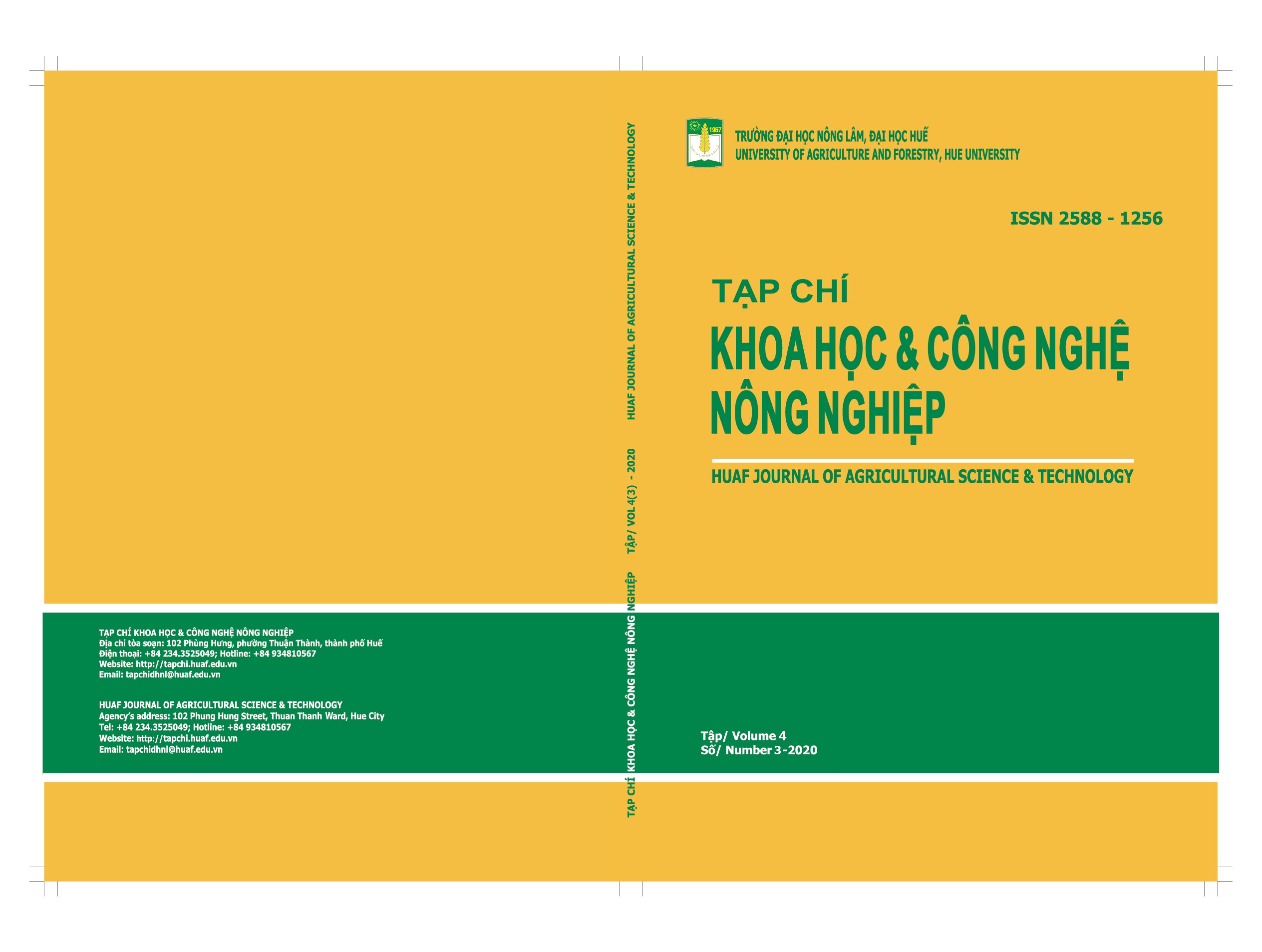##plugins.themes.huaf_theme.article.main##
Tóm tắt
Là đơn vị tiên phong xây dựng cơ sở dữ liệu địa chính từ năm 2006, nên cấu trúc cơ sở dữ liệu địa chính của Quận 6-TP.HCM hiện không phù hợp với quy chuẩn hiện hành theo thông tư 75/2015/TT-BTNMT và không đồng bộ với cấu trúc dữ liệu địa chính của các địa phương khác. Điều này gây nhiều khó khăn trong vận hành cơ sở dữ liệu địa chính, đặc biệt trong đồng bộ cơ sở dữ liệu các cấp. Với nhiều phương pháp, nghiên cứu đã (1) phân tích khác biệt về cấu trúc dữ liệu địa chính cũ theo Thông tư 17/2010/TT-BTNMT với cấu trúc mới theo Thông tư 75/2015/TT-BTNMT; (2) xây dựng bộ cấu trúc dữ liệu thuộc tính địa chính mới trên Microsoft SQL Server; (3) ứng dụng C#.Net xây dựng công cụ chuyển đổi cấu trúc dữ liệu thuộc tính địa chính; (4) chuyển đổi thành công cơ sở dữ liệu thuộc tính địa chính của Phường 9 (với 12.196 bản ghi) sang cấu trúc mới một cách đầy đủ, chính xác, nhanh chóng và hoàn toàn tự động. Kết quả đạt được giúp tiết kiệm thời gian, kinh phí và nhân lực trong quá trình chuyển đổi dữ liệu nhưng vẫn đảm bảo độ chính xác và toàn vẹn cho cơ sở dữ liệu địa chính. Đây là tiền đề thuận lợi để đồng bộ hóa dữ liệu địa chính các cấp, góp phần hoàn thiện cơ sở dữ liệu đất đai quốc gia và phù hợp với chiến lược của ngành về tăng cường năng lực quản lý Tài nguyên và Môi trường trong thời gian tới.
ABSTRACT
As one of the first units which built cadastral databases since 2006, the structure of cadastral database of District 6 - HCMC is not suitable for the current regulation at Circular No. 75/2015/TT-BTNMT as well as does not synchronize with the database structure of other localities. This caused many difficulties in operating and sharing cadastral database, especially in the process of synchronizing cadastral databases at all levels. With many methods, the study has achieved these results such as: (1) Analyzing the differences in cadastral data structures between Circular 17/2010/TT-BTNMT and Circular 75/2015/TT-BTNMT; (2) Using Microsoft SQL Server Database Management System to create the new structure of cadastral attribute database for District 6; (3) Using C#.Net programming language in building the tool to convert the structure of cadastral attribute data; (4) Successfully testing in converting this database for one ward of District 6 (case study in Ward 9) from existing structure to the new one; and this whole process was carried out fully, accurately, easily, quickly and completely automatically. Those results helped save time, money and human resources in converting data but ensure the accuracy and integrity of the cadastral database. This is a favorable premise for the process of synchronizing cadastral data structure at all levels, contributing to complete the national centralized land database, in line with MONRE's strategy in strengthening the capacity of natural resources and environmental management of Vietnam in the near future.


